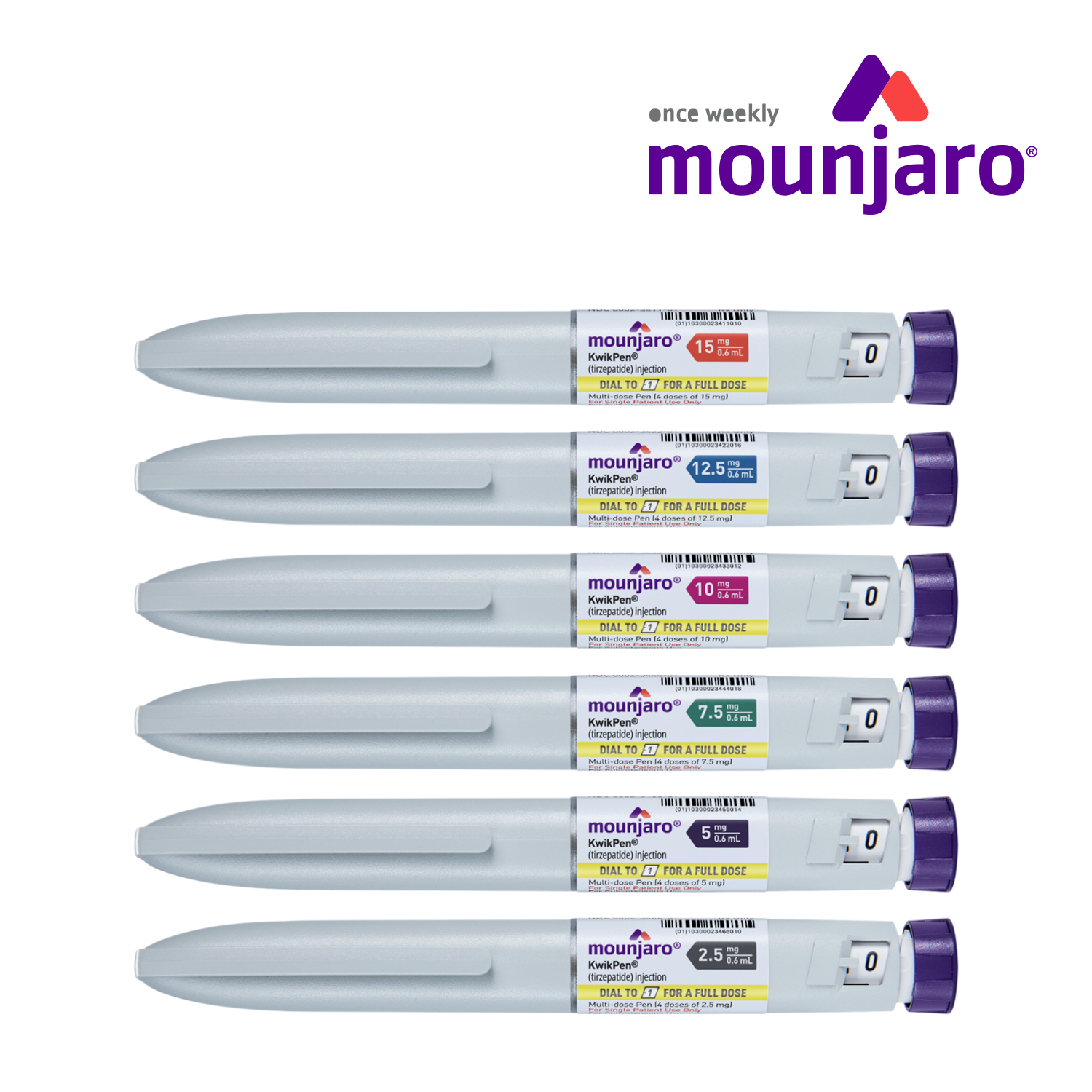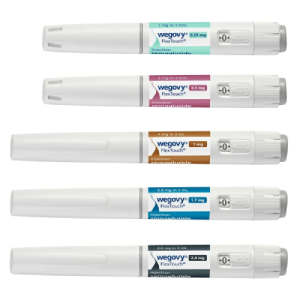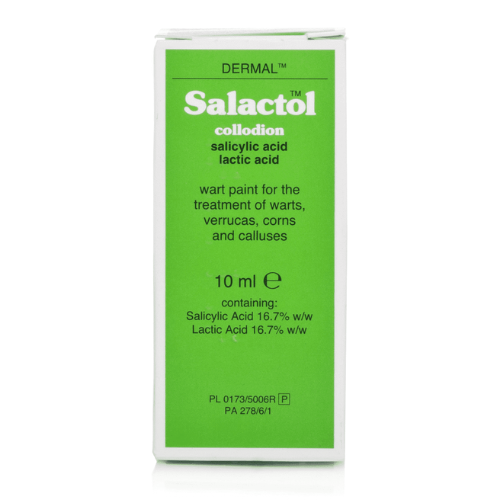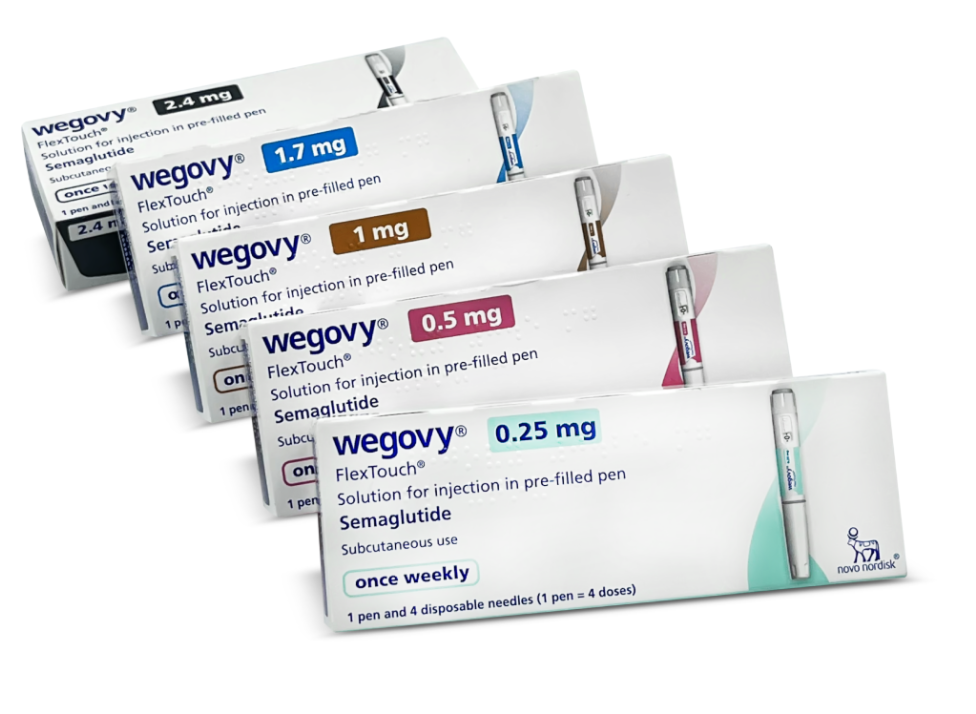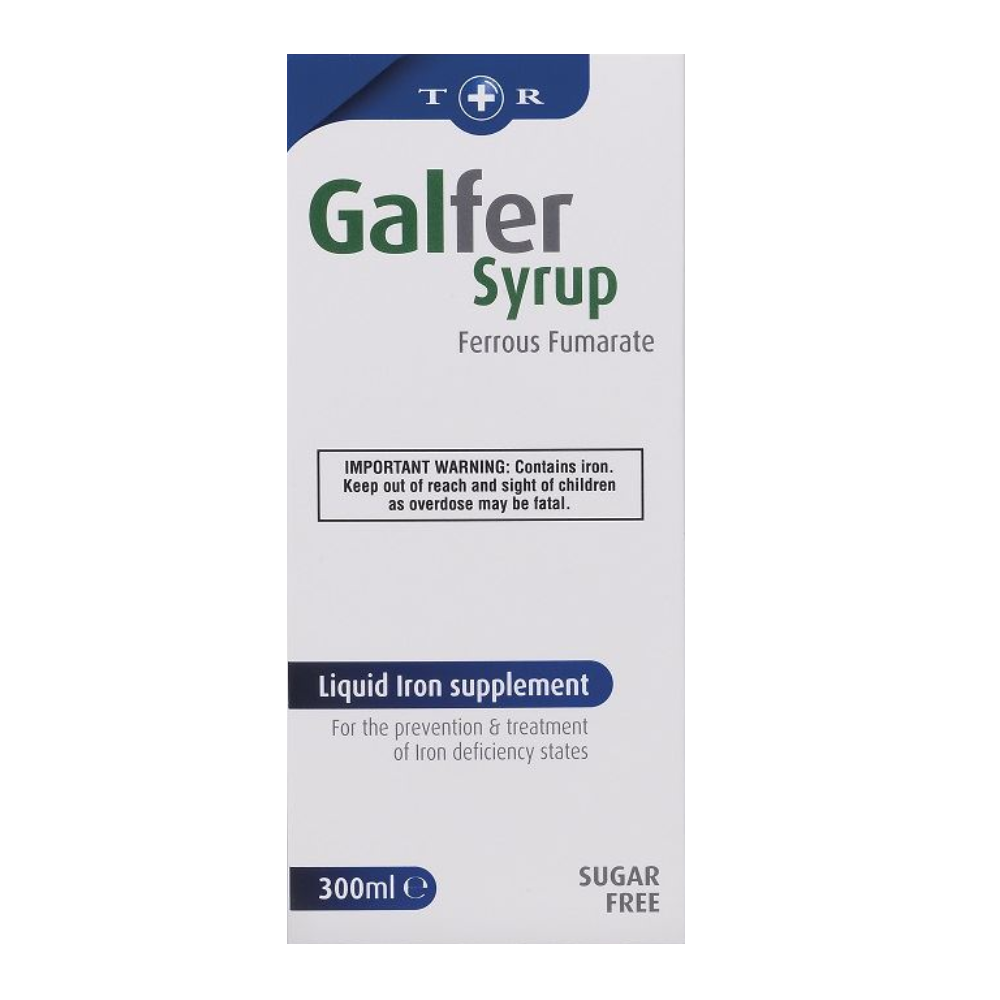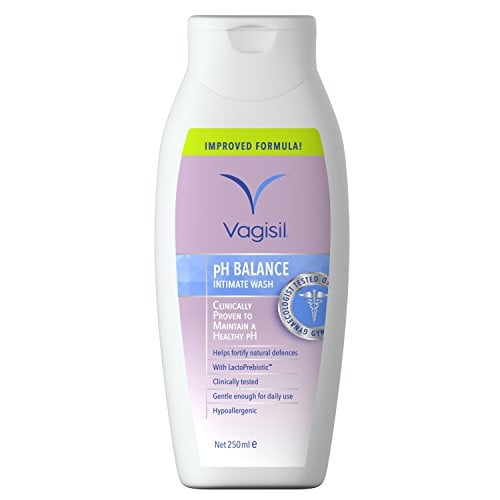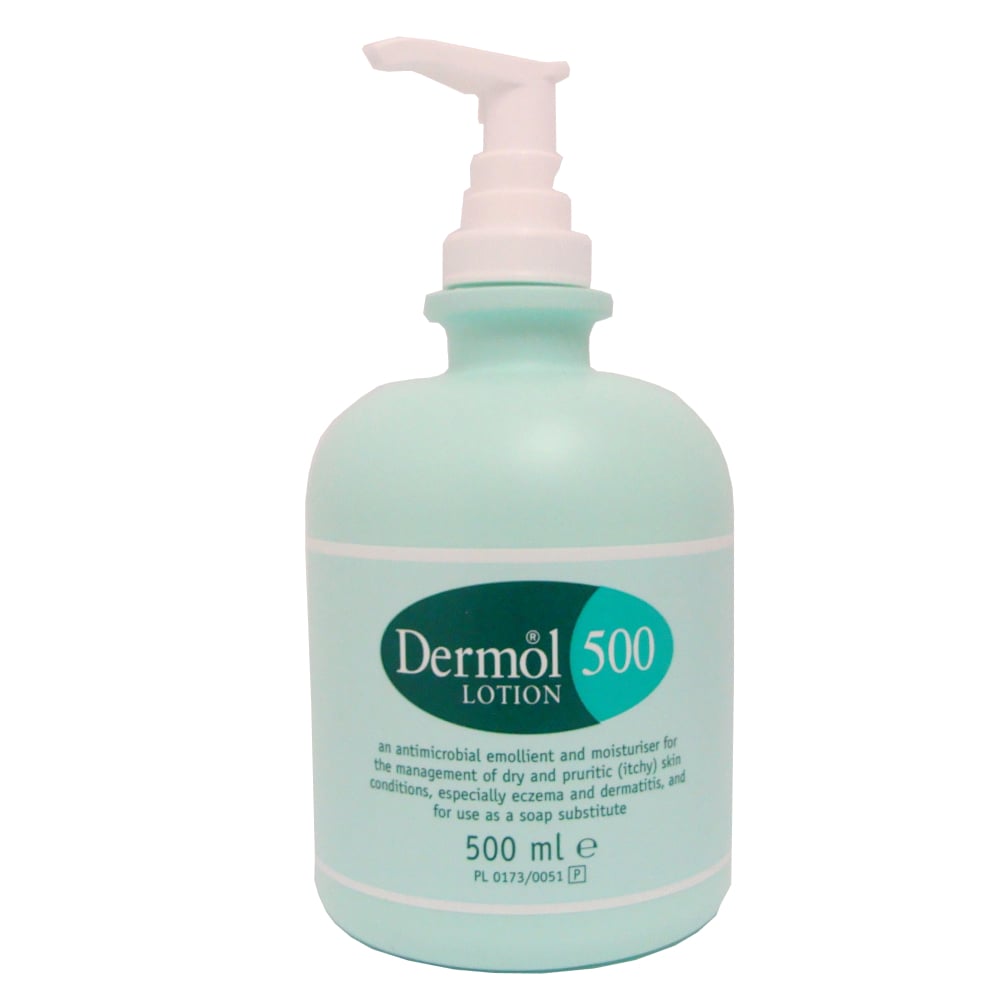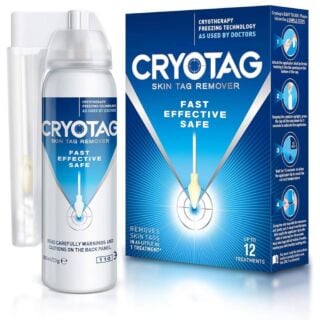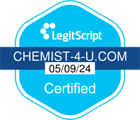Skin Tags
Skin tags are small growths that many people develop over time - especially around the neck and underarms. … Read More See less
While they’re usually nothing to worry about, they can feel uncomfortable and may affect your confidence.
So here, we explain what skin tags are and share a range of skin tag removal treatments - from creams to home-use kits - designed to help you remove skin tags safely and easily from the comfort of your home.
What are skin tags?
Skin tags are soft, flesh-coloured lumps that hang slightly off the skin and can grow from 3-4mm to about 5cm. They’re typically harmless and tend to appear in areas where the skin folds or rubs together - such as the neck, armpits, eyelids and groin.
They’re more common as we get older and can also be linked to changing hormones or genetics. While they don’t usually need treatment, many people choose to remove them for either cosmetic or comfort reasons.
What causes skin tags?
Skin tags are usually caused by friction, which is why they tend to appear in skin folds or areas where skin rubs against clothing or other skin. The cause isn’t always known though.
They’re also more common in people who are:
- Over 40
- Overweight
- Have type 2 diabetes
- Are dealing with hormonal changes, such as during pregnancy
While they’re not contagious or dangerous, their appearance can affect body confidence. They can also be frustrating - especially if you catch a skin tag on clothing or jewellery.
Where do skin tags appear?
Skin tags can develop anywhere on the body, but they’re most common in areas where skin rubs and chafes - either against skin or clothing.
That means you're most likely to notice them in the following places:
- Neck – often due to rubbing from clothing or jewellery
- Armpits – a high-friction area, especially in warmer weather
- Eyelids – delicate skin around the eyes can be prone to small skin tags
- Groin and inner thighs – where skin folds or rubs together
- Under the breasts – especially in people with larger chests
- Around the bottom – sometimes mistaken for other skin conditions
If a skin tag appears in a sensitive area, it’s especially important to choose the right removal method or speak to your doctor or a pharmacist.
How to get rid of skin tags
There are several safe and effective ways to remove skin tags at home, depending on their size and your personal preference.
While skin tags don’t usually need treatment, you may choose to remove them for cosmetic reasons or if they’re causing discomfort or pain when you catch them.
Below are some of the most popular skin tag removal options available:
Skin tag removal creams
Creams such as Dermfree work by drying out the skin tag over time, causing it to shrink and fall off.
They’re easy to apply and usually painless, though it may take several days or weeks to see results.
Cryotherapy treatments
Some over-the-counter products such as Cryotag Skin Tag Remover act like the freezing process used in clinics. These treatments rapidly freeze the skin tag using a cooling agent causing it to drop off over time, usually within a couple of weeks.
They're generally quick to apply, but may not be suitable for very small or sensitive areas like eyelids.
Professional removal
If the skin tag is large, painful or located in a sensitive area like near the eye or genitals, a GP or dermatologist may recommend one of the following in-clinic treatments:
- Surgery– the skin tag is snipped off with sterile scissors or a scalpel - often under local anaesthetic
- Cryotherapy– liquid nitrogen is applied to freeze the tag, which then falls off
- Cauterisation– heat is used to burn off the skin tag and seal the area
- Ligation– a small band of surgical thread is tied around the base of the tag to cut off its blood supply – this method is also available over-the-counter from Excilor
Professional removal isn’t typically available on the NHS as removing skin tags is generally considered cosmetic surgery.
Home remedies
You might come across home remedies like applying apple cider vinegar, tea tree oil or dental floss to tie off skin tags.
While some people report success, these methods aren’t clinically proven and may cause irritation - especially if used near sensitive areas.
For safer, more reliable results, it’s best to use pharmacy-approved treatments or speak to your GP.
How to use
Each product has its own set of instructions on how to use them, so always read the leaflet carefully before starting treatment. You should also make sure the product is suitable for the area you're treating.
Here’s a general guide to using the two most common types of skin tag removal products that are available over the counter:
Skin tag removal creams
- Clean and dry the area before application
- Apply a small amount of cream directly to the skin tag using the applicator or a cotton bud
- Avoid getting the cream on the surrounding skin
- Some products require one application per day; others may be used more or less frequently depending on the brand
- The tag should dry out and fall off over time - this can take several days to a few weeks
Cryotherapy kits
- Choose the correct applicator for the size of your skin tag - usually provided in the kit
- Follow the instructions to activate the freezing device
- Apply the tip to the skin tag for the time recommended - this is usually just a few seconds
- The tag may darken, scab and fall off after a few days
- Avoid treating the same area more than once unless advised by the product instructions
Are skin tag removal products effective?
Some over-the-counter skin tag removal products can be effective when used correctly – though some are safer and more effective than others depending on the area.
How fast does it get to work?
Results can vary depending on the size and location of the skin tag - it may take several days or weeks to see full results. For the best outcome, you should follow the instructions closely and choose a product suitable for the specific area you’re treating.
When not to use skin tag removal products
Skin tag removal products are designed for small skin tags in safe areas of the body - but they’re not suitable for everyone in every situation.
Do not use these products if:
- The skin tag is located around the eyes, genitals, inside the mouth or nose, on the lips, buttocks, anus or other sensitive areas
- The tag is very large or shows signs of pain, bleeding, itching, redness or swelling
- You are under 18 years old
- You are diabetic, have poor circulation, a weakened immune system, a bleeding condition or a blood disorder affected by cold
- The area has irritated or infected skin
- You want to treat a mole, birthmark or any skin growth that hasn’t been diagnosed as a skin tag
- You want to treat more than one skin tag in the same location at once
Sources
- https://www.nidirect.gov.uk/conditions/skin-tags
- https://www.nhs.uk/conditions/skin-tags/
- https://www.royalbucks.co.uk/conditions-and-symptoms/skin-tags/
- https://111.wales.nhs.uk/encyclopaedia/s/article/skintags/
- https://www.healthline.com/health/skin-tag-removal
- https://www.healthline.com/health/skin-tag-removal#surgical-procedures
- https://www.health.harvard.edu/blog/skin-tag-removal-optional-but-effective-2020032319079
- https://www.medicalnewstoday.com/articles/321641

Free delivery when you spend over £30

100% discreet delivery for every item ordered
Fully regulated UK pharmacy
Can I use Wartner for skin tags?
Skin tags are a different type of skin complaint than warts and verrucas, so you shouldn’t use Wartner to treat them.
Skin tags are usually harmless, but if yours are causing you discomfort, pain, or distress you should speak to your doctor or pharmacist and ask for advice.
They’ll be able to suggest a suitable treatment or schedule to remove them for you.

